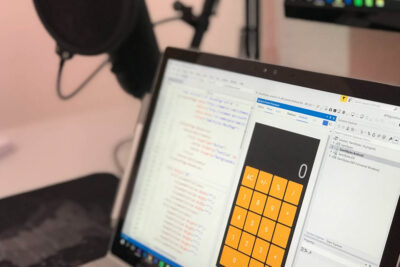Why the right time is now to invest in renewable energy production on my campus
April 30, 2021
Blogs
Why the right time is now to invest in renewable energy production on my campus
By EAB Expert May 6, 2021 0 minutes
Les Potts
Associate Vice President for Administration at Mississippi State University with oversight of University Campus Services, within which resides the Office of Sustainability. He has held this position for just over one year, and in that time has developed additional interest in adoption of renewable energy production and completion of a near-term solar project on MSU’s campus in Starkville, MS. He now believes renewable energy production on Institution-owned land is integral to the existing Climate Action Plan and preserves a path to fulfill the commitment made in 2009 to be carbon neutral by 2042.
My research to meet this end, both to educate/satisfy myself on the subject as well as convey it to others at MSU was aided substantially by EAB. The team secured benchmark data from multiple institutions by facilitating responses to my specific questions (I had a lot to learn), reviewed MSU’s sustainability action plan, and offered virtual forums on the sustainability in higher ed. EAB’ s Future Higher Ed Leaders program fostered collaboration with colleagues from around the country, and enabled interaction with one partner in particular with whom I shared ideas and formulated my thoughts for the program’s Capstone Project, as well as a future presentation /action plan to potentially make renewable energy production a reality on my campus.
My research, internal and external, revealed to me that:
- My university has a solid plan in place, and has adequately measured progress for 15+ years. We have reduced energy consumption by nearly 35% through education, policy change, and building design improvements.
- However, our necessary physical footprint expansion over the years (~2M sq ft) to accommodate enrollment growth (~20%) has marginalized those efficiencies, and in real terms moved us no closer to carbon neutrality
- Investment in carbon offsets (i.e. renewable production, or carbon credits) are a necessity if we want to meet the goal, as offsets represent fully 45% of MSU’s existing sustainability plan.
- The cost to produce solar energy has declined over the last decade drastically (~80%) making projects not only financially viable but potentially financially beneficial
Want to participate in the Rising Higher Education Leaders Fellowship or nominate a colleague?
Learn more about upcoming cohorts or contact your Strategic Leader
Get StartedI plan to put forth the following proposals to University leadership:
- Formation of a sustainability subcommittee that focuses solely on the viability of carbon offsets on MSU’s campus and MSU owned lands starting with placement of a near-term solar project. The committee’ s initial charges would be; (1) examine our electricity producer and provider agreements and renewable energy credit feasibility; (2) examine legislation in our state that positively or negatively affects the ability to produce electricity; (3) monitor our electricity provider’s stated fuel mix initiatives and 20 year goals; and (4) identify external federal funding opportunities for renewable energy projects
- Complete an LED lighting retrofit of an additional 4.2 million square feet of MSU owned buildings through an internal loan mechanism that succeeded a decade ago. Analysis shows an immediate reduction in applicable lighting costs of 60% to 70% with an up front cost of around $4.6 million
- Construct a 1.6 megawatt DC solar array project concurrently with the lighting retrofit, internally financed at an estimated $2.4 million
By taking these initial steps into renewable production, MSU can keep the 2042 commitment a feasible objective, open new research opportunities for our faculty and students, provide service benefits to agricultural stakeholders all across our state, and most importantly further our commitment of excellent environmental stewardship.
See the fellows’ blogs from the capstone projects
Amy Capolupo and others participated in the Spring 2021 EAB’s Rising Higher Education Leaders Fellowship
Read moreExplore EAB research
More Blogs

4 lessons on financial sustainability and organizational transformation in higher ed

Higher education’s top cost savings opportunities
